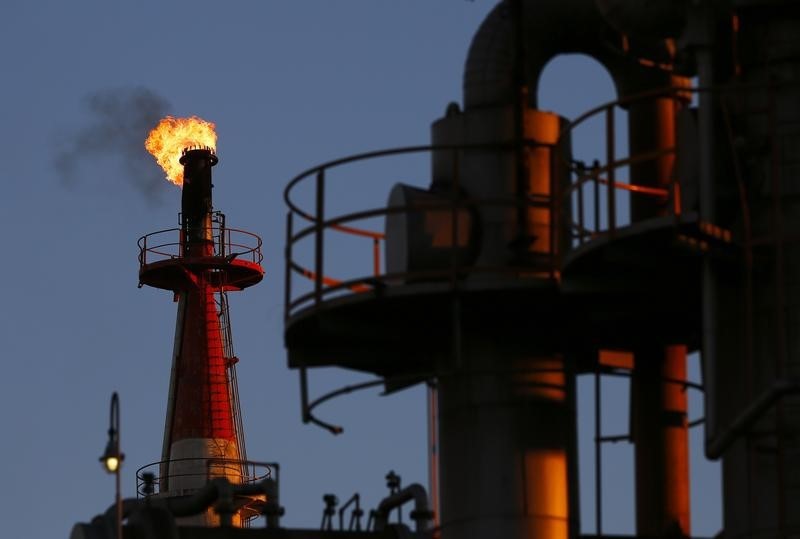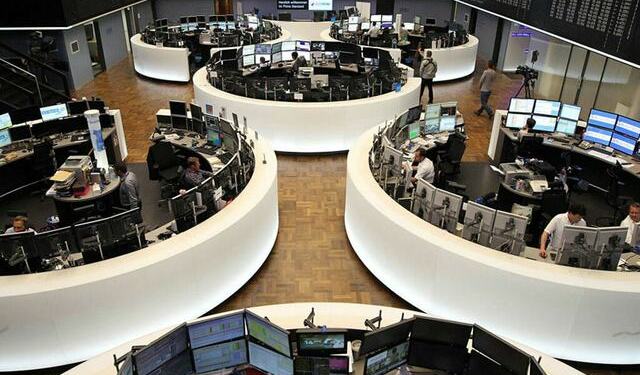 © Reuters.
© Reuters. Investing.com – Crude oil prices settled at three-week highs supported by positive comments from Saudi Arabia on continued production cuts.
On the New York Mercantile Exchange for March delivery rose 36 cents to settle at $63.91 a barrel, while on London’s Intercontinental Exchange, gained 23 cents to trade at $67.27 a barrel.
“A study is taking place and once we know exactly what balancing the market will entail we will announce what is the next step. The next step may be easing of the production constraints,” said Saudi Arabian oil minister Khalid al-Falih.
The oil cartel together with Russia agreed in November to extend the 1.8 million bpd output cuts through 2018, to rid the market of excess supplies.
The comments came a day after Baker Hughes on Friday showed the number of oil rigs operating in the US jumped by one to 799, the highest level since April 2, 2015.
Sentiment on oil was also supported by expectations for an increase in crude demand as the cold snap engulfing Europe is expected to encourage some refiners to shelve plans momentarily to enter a period of maintenance.
This time of the year traditionally sees refinery activity slow, this in turn, lowers demand for crude while raising the prospect of a build in supplies. Crude supplies unexpected fell last week, however, as producers were encouraged to sell rather than store crude as current prices traded at a premium to forward prices – a market structure known as backwardation.
Despite the uptick in crude prices money managers appeared to be less bullish on the oil prices, reducing their WTI net-long position – the difference between bets on a price increase and wagers on a drop – for a ended Feb. 20, according to U.S. Commodity Futures Trading Commission data.
Fusion Media or anyone involved with Fusion Media will not accept any liability for loss or damage as a result of reliance on the information including data, quotes, charts and buy/sell signals contained within this website. Please be fully informed regarding the risks and costs associated with trading the financial markets, it is one of the riskiest investment forms possible.
Source: Investing.com




























